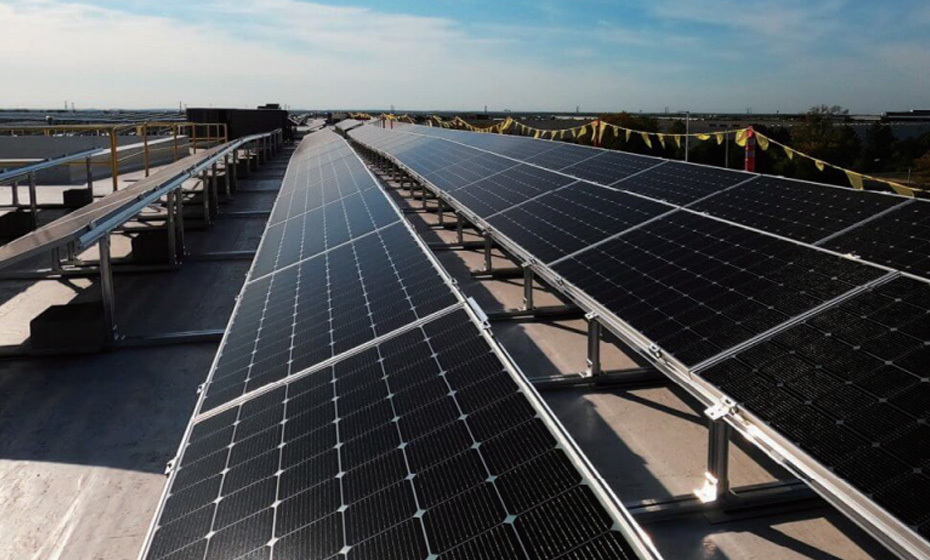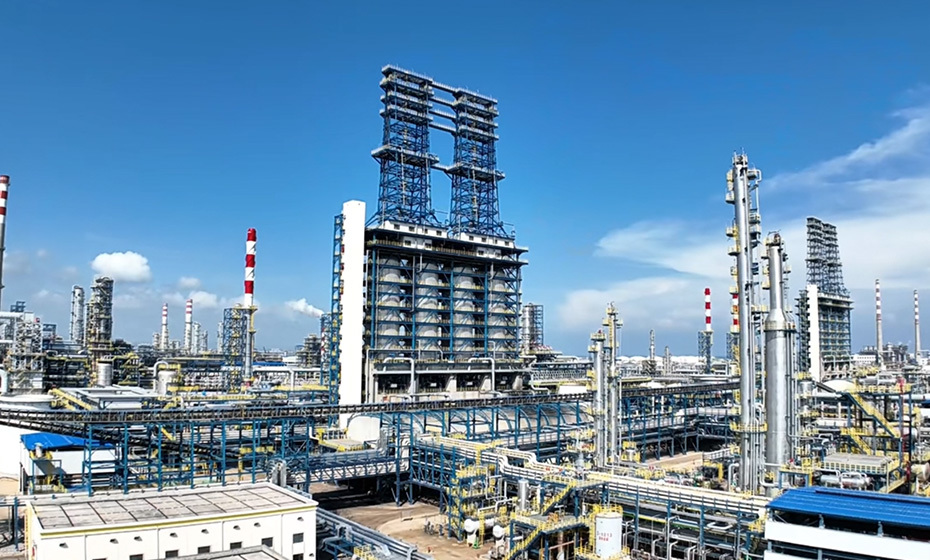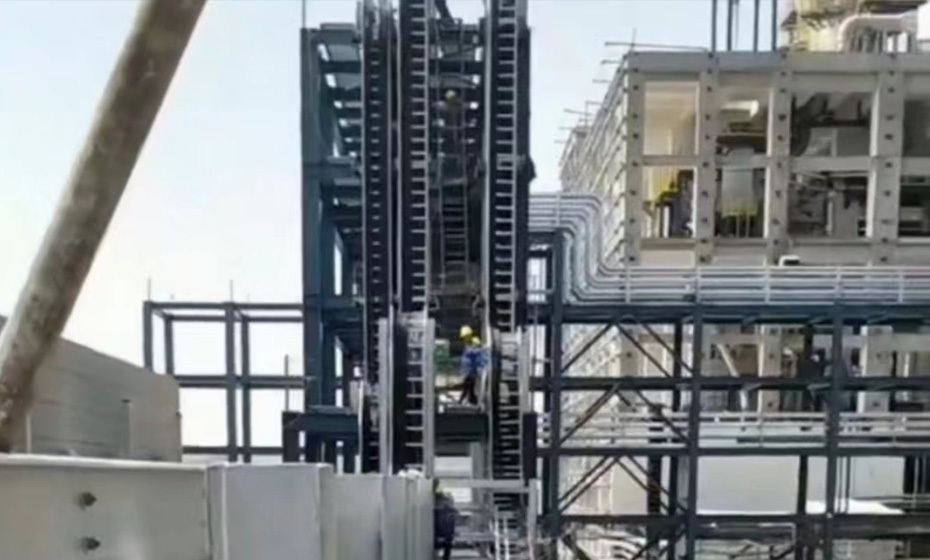Seven requirements for high-quality flexible cables
Time:
2023-09-13
One: tensile center
According to the number of flexible cable cores and the space in the cross area of each core wire, there is a real center filling line in the center of the cable as much as possible (instead of the garbage core wire filling made of some filling materials or waste materials under normal circumstances). This method can effectively protect the stranded wire structure and prevent the stranded wire from drifting to the central area of the cable.
Two: core strand
The softer the structure of the flexible core strand, the better, and the conductor adopts ultra-fine copper wire without oxygen.
Three: core wire insulation
The insulation material in the flexible cable cannot be bonded to each other, and at the same time the insulation layer needs to support each individual wire. Therefore, only high-pressure molded PVC/TPE materials can prove their reliability and durability in millions of meters of cable applications suitable for drag chains.
Four: stranded wire structure
The flexible cable strand structure must be wound around a stable tensile center with a twist pitch. However, due to the use of insulating materials, the strand structure should be designed according to the characteristics of its movement. When the number of core wires is ≥ 12, the bundle stranding method should be adopted.
Five: inner sheath
The extruded inner sheath of the flexible cable shall replace the cheap wool material or other filler, thus ensuring that the strand structure will not be scattered.
Six: shielding
The highly flexible cable is braided tightly outside the inner sheath by optimizing the braiding angle. Loose braid will reduce the signal anti-interference ability and the shielding layer is also quickly due to the fracture of the shielding wire and failure. The tightly woven shielding layer also has anti-torsion and anti-torsion properties.
Seven: outer sheath
The outer sheath of the flexible cable made of different improved materials has different functions: UV resistance (UV: ultraviolet), low temperature resistance, oil resistance and high cost performance. But all these outer sheaths have one thing in common: high wear resistance and will not stick to anything. The outer sheath must have high flexibility, but it must also have a supporting function, so it must be extruded at high pressure.
Key words:
Technology
Yuaneng Hechuang





